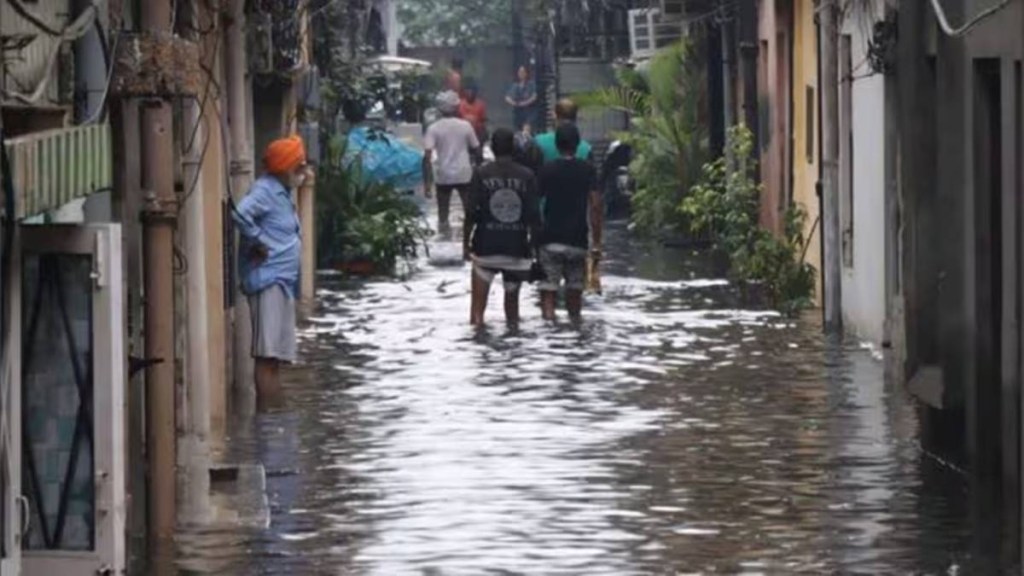Widespread rainfall continued across Gujarat, with 195 talukas receiving rain in the past 24 hours. Umarpada in Surat topped the charts with eight inches of rainfall, while Jambughoda and Bodeli recorded over six inches.
Pavi Jetpur and Netrang in Bharuch saw more than five inches, while over 20 talukas received upwards of four inches and 25 talukas recorded over three inches. Most other areas reported between half an inch and 2.5 inches of rainfall.
IMD forecast for Gujarat
According to the India Meteorological Department (IMD), the monsoon is expected to withdraw from Gujarat around September 25. Until then, sporadic showers will continue. South and central-east Gujarat may receive 5 -10 mm of rain between September 5 and 11, while Valsad and Dang could see heavier showers of 10-20 mm from September 12 to 18.
Light rainfall of 1-5 mm is forecast across South Gujarat, Saurashtra, and central-east Gujarat from September 18 to 25.
The IMD has issued an orange alert for six districts — Panchmahal, Dahod, Chhota Udepur, Dang, Navsari, and Valsad — warning of heavy to very heavy rainfall over the next three to four days. A red alert has also been sounded for a few parts of the state.
Gujarat rainfall impact on dam and agriculture
So far, Gujarat has received 92.64 per cent of its average seasonal rainfall, according to the State Emergency Operation Centre (SEOC), Gandhinagar. Region-wise, North Gujarat has recorded the highest rainfall at 96.94 per cent, followed by South Gujarat at 96.91 per cent, East-Central at 93.79 per cent, Kutch at 85.14 per cent, and Saurashtra at 84.74 per cent.
The downpour has left 82 dams overflowing, while another 68 are filled between 70 per cent and 100 per cent.
Officials said the state is likely to touch 100 per cent of its seasonal average rainfall by the end of this week.
The heavy and prolonged rains have brought mixed fortunes for farmers in Gujarat. On one hand, widespread rainfall has ensured ample water for kharif crops such as cotton, groundnut, and pulses, reducing dependence on irrigation and raising hopes of a good harvest. On the other hand, excess rain in pockets — especially in low-lying and tribal areas — has led to waterlogging, crop damage, and concerns over pest attacks.
With dams and reservoirs filled to capacity, farmers are assured of sufficient water for the upcoming rabi season, but the immediate challenge remains safeguarding standing crops from excessive moisture and flooding.

